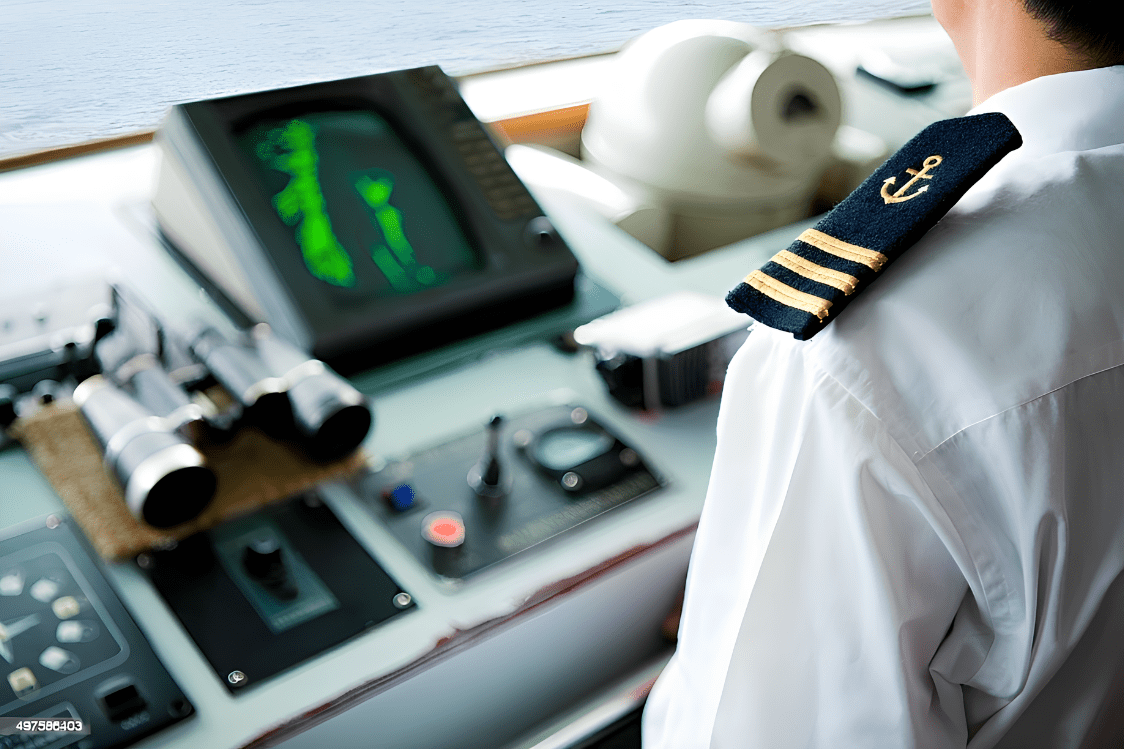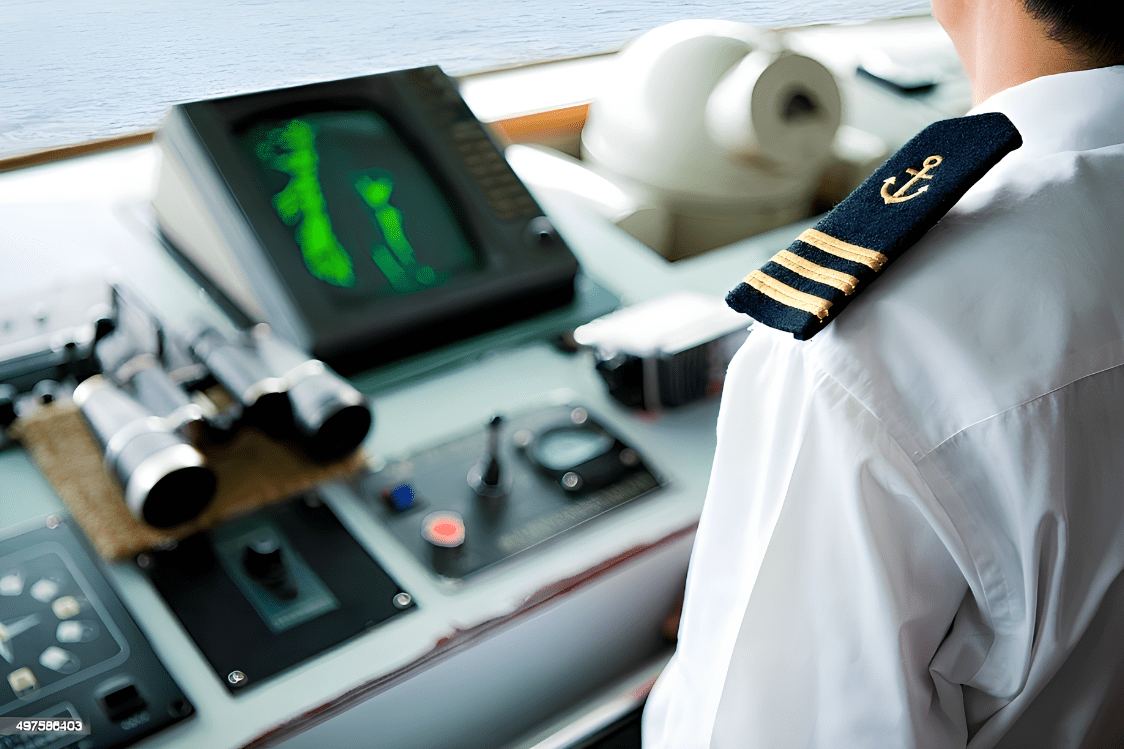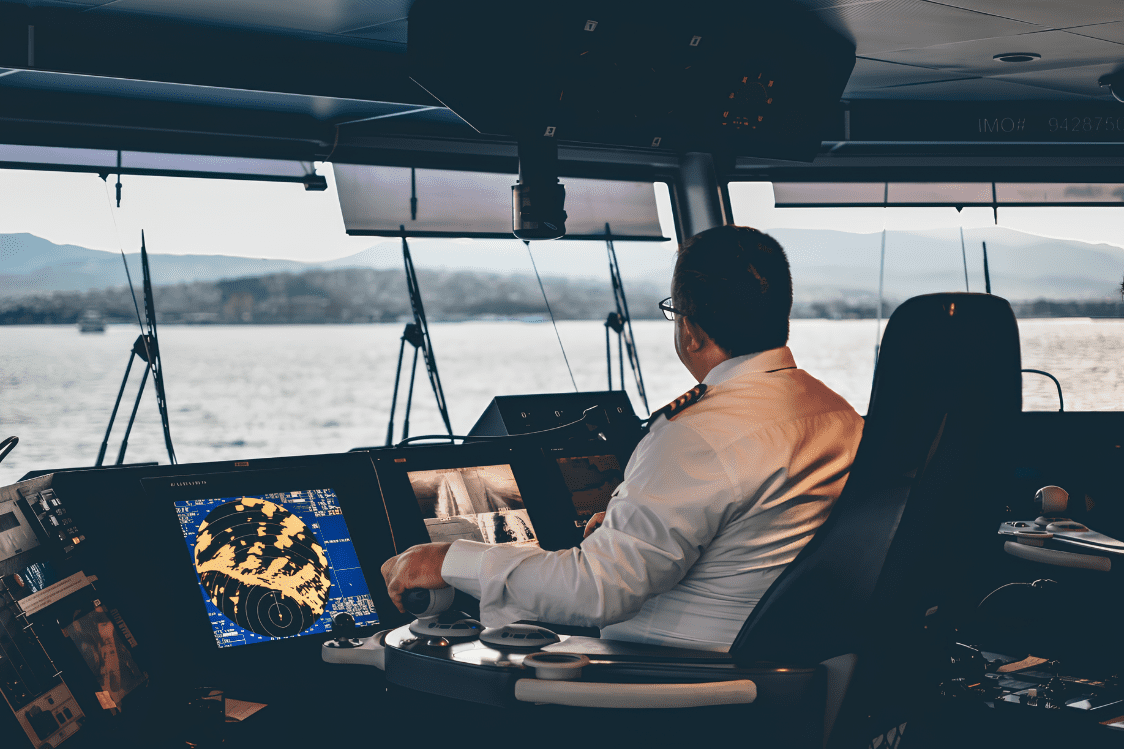Sailing Towards Success: Putting Maritime Risk Management at the Helm

Posted on Jul 23, 2023 at 10:07 AM
Maritime risk management can make or break a company in the marine industry because accidents in the sea are far more devastating, and the consequences are far more drastic than any land-based risk.
When you're away from shore in the middle of the ocean, chances are you won't find the help you need anywhere.
This calls for the principle of prevention. Protection against risks is one of the best strategies for managing risks in the maritime sector.
This article is a comprehensive guide designed to equip shipowners and business leaders with the basic principles of maritime risk management.
What is maritime risk management?
Maritime risk management (MRM) is the risk assessment and analysis process followed by developing security systems to identify, mitigate existing hazards and protect against emerging ones.
Regarding marine safety best practices, risk management means protecting vessels against cargo theft, piracy and destruction of assets.
But how do you effectively start a maritime risk management process? Here are a few steps:
-
Identify potential risks and hazards and understand their severity.
-
Find solutions and controls to safeguard against the previously assessed risks.
-
Design methods that manage these threats and implement them in your shipping process.
-
Monitor the effect of risk management methods.
What are maritime risks?
Risk is any situation that causes concern and requires further evaluation and assessment. Most of the time, risks have considerable economic costs. They may even destroy a whole shipping business while trying to recover from the consequences of a major one (like a natural catastrophe).
Many factors constitute Maritime risks, including:
-
Human error: Such as mistakes the crew or port operators might make, which affect operations on the ship.
-
Environmental factors: For example, weather and natural changes that are beyond the predicted expectations
-
Hardware malfunctions: Accidents that may occur can destroy equipment or other physical parts of a vessel leading to a leak or damage.
Risks are usually measured by severity and frequency; one hazard that is high on severity yet low on probability (tsunami in the mediterranean sea) is considered by the risk matrix model less intimidating than one that is lower on severity yet higher on likelihood.
Nevertheless, ship managers must be logical when setting risk expectations or making decisions to counterattack them. You can only operate occasionally, fearing marine risks. Otherwise, you'd never set sail or transport any cargo. At the same time, logical caution is recommended and taking precautionary procedures while looking for potential (and probable) risks is the best approach.
What is an example of maritime risk?

Maritime risks can vary in kind and severity, ranging from health risks to operational risk assessment, from physical piracy to cyber piracy, and so on.
For example, let's say one of your operational systems shuts down while you're offshore, your sailing control wheel doesn't work, or perhaps your navigation system decided to take a day off. These faults in the vessel will cause your ship to be inoperable, requires aid or even rescue and can jeopardise the integrity and quality of your services.
Maintenance against operational risks is vital to maritime risk management, so it sends constant reports to the primary office about your current location and expected arrival time.
What are the 6 steps of maritime cyber risk management?
Maritime cyber risk have increased in number with the advancement of technologies in the modern world. New ways of piracy and hijacking are developing every single day.
When starting your maritime risk management against cyber attacks, be sure to include these steps in your plan:
-
The first step is to analyse current and past risks that a ship has faced through data analysis.
-
The second step is to provide insurance against these threats and apply that to your marine transportation system.
-
The third step is to develop a practical tool or methodology to predict incoming risks.
-
The fourth step is establishing a system to fend off threats in real time; this team should include consultants and experts who have had the proper training or followed Maritime safety training Courses and have enough expertise to conquer all attacks in real time.
-
The fifth step is to recover after the attack has been taken care of, to restore your ship to its original state.
-
The sixth and final step of cyber maritime risk management is to keep learning. Focus on developing more knowledge about cyber attacks and how to prevent them.
Applying maritime risk management techniques can significantly increase your integrity, help you conduct better operations, and provide your clients with the best services while keeping your costs at their lowest. That's why you should invest in maritime risk management today.
Related Articles
There are no articles!


